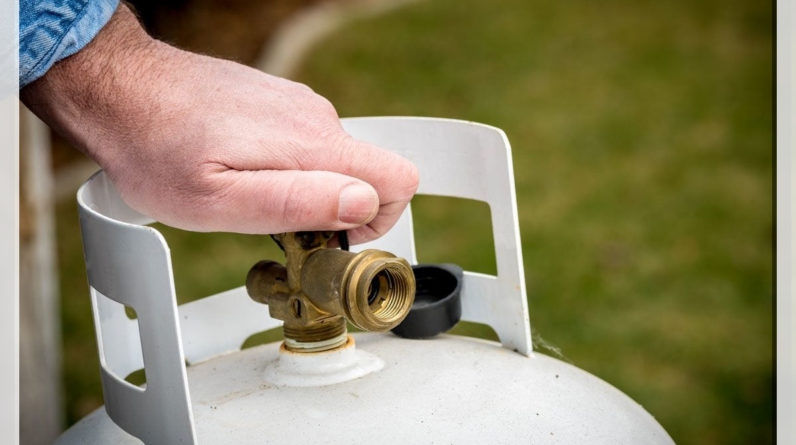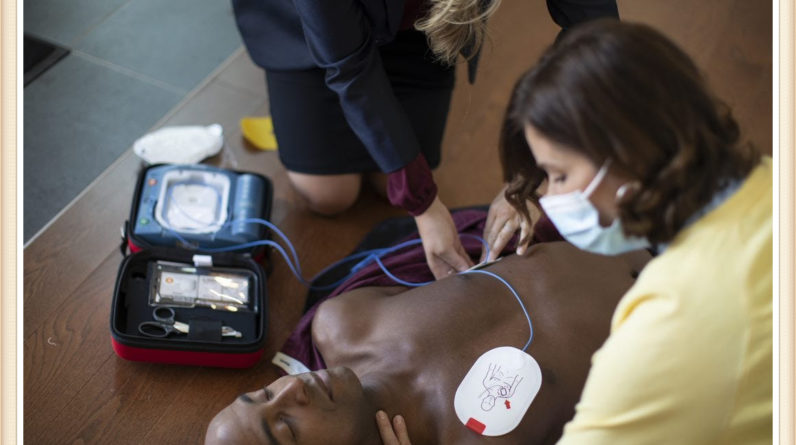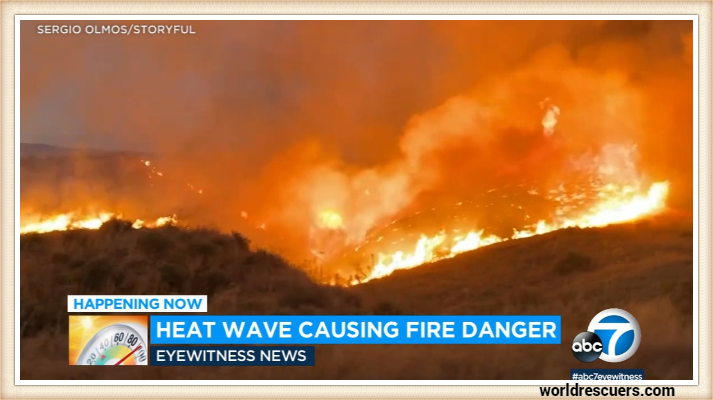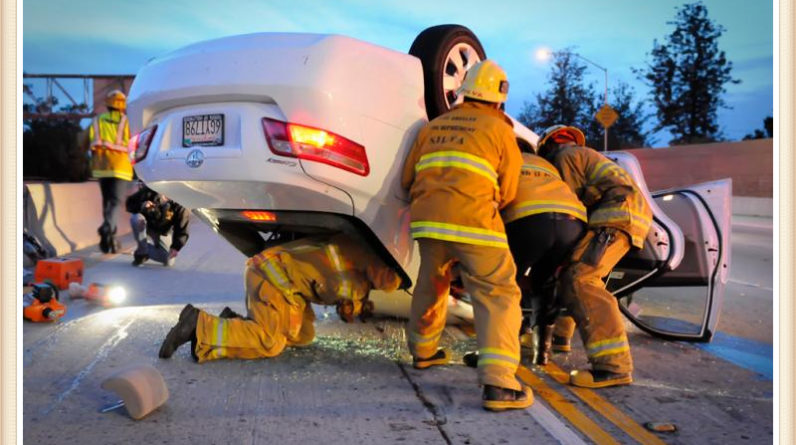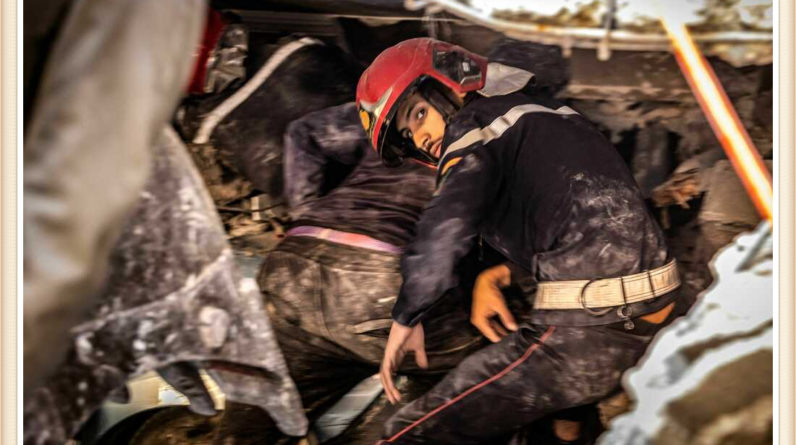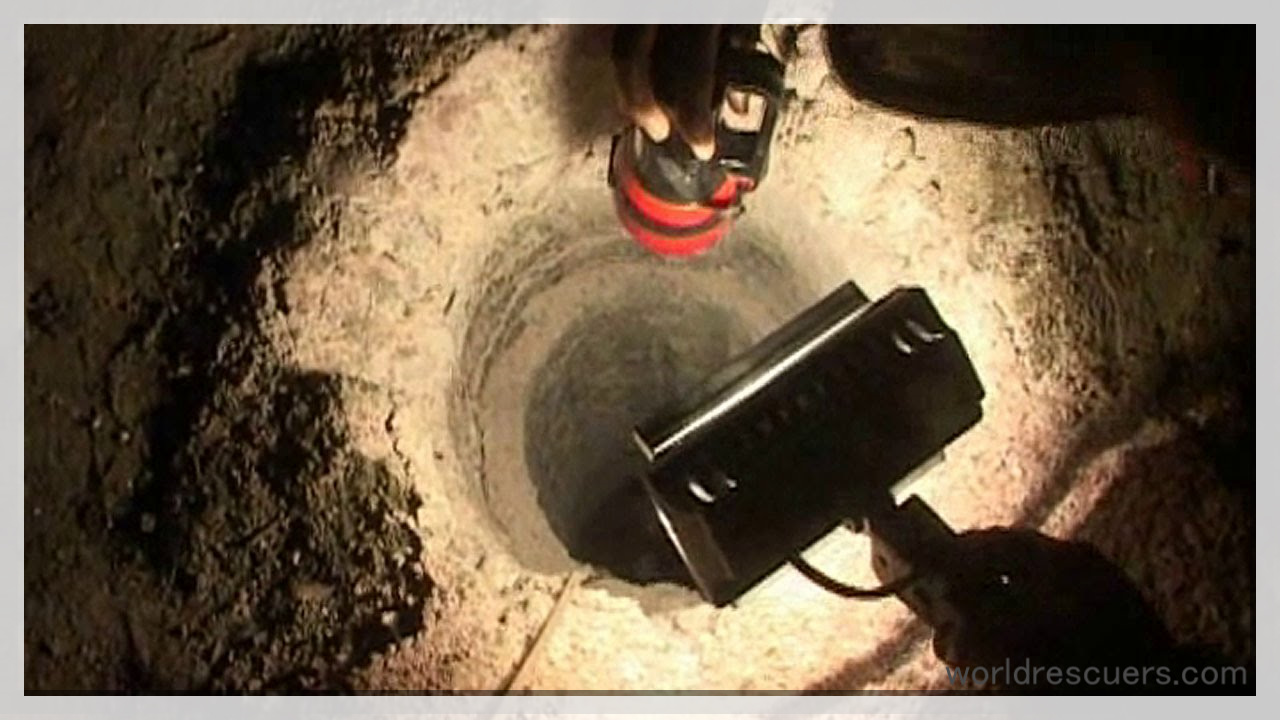
BoreWell
Introduction
There has been a lot of string of accidents in the country where children fall into the borewell and get trapped. But it is always seen that rescue efforts to save these kids are often delayed. This delay results in the extraction of the child from the bore well very late resulting in the death of the child. The rescue operation is always carried out by a human chain which can be risky. Also, there is no automatic retrieval system
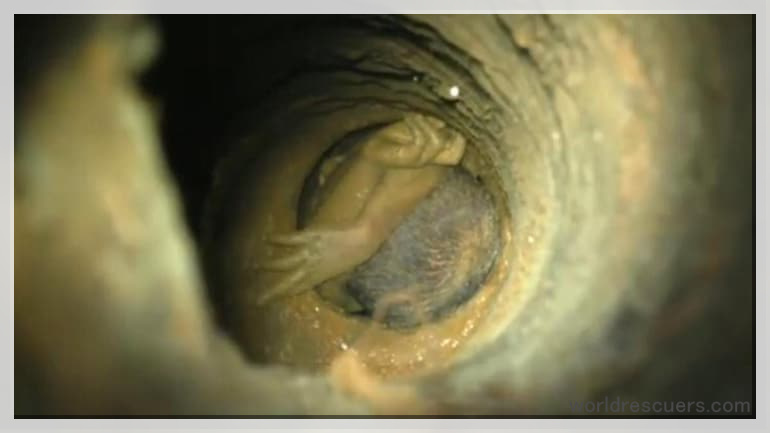
Borewell Child Rescue
Borewell Child Rescue Systems are used to rescue children who fall into borewells. These systems are automated, which means that they can be controlled by a computer or smartphone app.
The winch is attached to a cable and then lowered down into the borewell. This allows for easy retrieval of any trapped individuals within its depths. Once at their destination, the hook will be raised back out of the ground and lifted away easily by those nearby with assistance.
There has been a lot of string of accidents in the country where children fall into the borewell and get trapped.
In the last three years, there have been a lot of accidents where children fall into the borewell and get trapped. The number of accidents has seen a rise due to several factors like lack of awareness about the dangers of falling into a borewell. Lack of proper safety measures, and also because more people have started using them for their water supply.
In fact, there have been records showing that over 150 people died in such incidents between 2012-2016. While another 50 were injured during these same three years. This clearly shows how dangerous it is to use these wells as your sole source of drinking water. However, even though people are aware of this risk factor they continue taking risks just because they do not want to spend money on buying bottles or filters every month. When they can easily fill up buckets with water from one point at home or near their house itself!
But it is always seen that rescue efforts to save these kids are often delayed.
But it is always seen that rescue efforts to save these kids are often delayed. This is because the child is trapped at a depth of about 300 feet and it takes time for them to reach the surface from there. Rescue operations are carried out by a human chain. The human chain involves many people working together in order to pull out children who have been trapped by bore wells due to natural disasters such as earthquakes or landslides.
The operation itself is risky because it involves using heavy equipment. Like cranes and ladders as well as ropes or nets through which rescuers descend into dangerous locations. Like mine shafts where gas leaks can be present or water levels may fluctuate suddenly during drilling operations (Hydrocarbons).
This delay results in the extraction of the child from the bore well very late resulting in the death of the child.
The delay in the rescue operation results in the extraction of the child from the bore well very late resulting in the death of the child.

The risk involved is high because it involves a human chain at a height that can be dangerous for rescuers if they fall or slip. There is no automatic retrieval system available for such rescue operations. So that even if there is one person who slips or falls while operating manually. Other members may not be able to take care of him/her immediately. And thus his/her life could also be lost due to this delay.
Borewell rescue operation is always carried out by a human chain which can be risky.
The rescue operation is always carried out by a human chain which can be risky. The rescuers have to be very careful in order not to injure themselves or the child. In addition, they also have to worry about getting trapped during a rescue attempt. If someone falls into a borewell and gets stuck down there, then that person’s life could be at stake as well.
Finally, there’s also the risk of infection. There are many insects around these wells that carry diseases like malaria and cholera (among others). These diseases can easily spread through an injury caused by falling into one of these holes. The last thing we want is for our rescuers to contract some sort of deadly disease. While trying not only to save lives but also to prevent more people from dying today than yesterday.
Also, there is no automatic retrieval system.
The Borewell Child Rescue System does not have an automatic retrieval system. This means that if a child is trapped in a borewell, it will be difficult to rescue them without help from another person. Also, if the child is dead and cannot be revived by using any type of medical equipment or technology available at the time (such as defibrillators), then there is no way for rescuers to pull them out using this type of system.
It should be automated
The process of extracting the child from the bore well should be automated. This means that the system does not require manual intervention by a human operator, who may be unavailable at the time of need. The system should also be able to locate, retrieve and save the child in an emergency situation.
Conclusion
We have seen that the borewell child rescue system of Borewell Child Rescue is a very modern, automated, and efficient one.
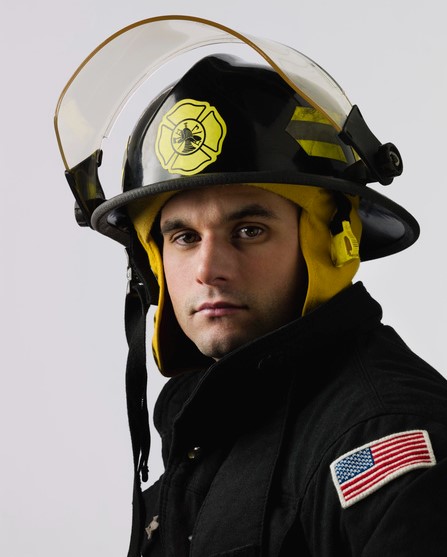
Hi, I am John Smit a Captain in Fire Department City of Newyork with over years of experience in the field of Firefighting and HSE. My passion for fire safety started when I was a young boy and witnessed a neighbor’s house go up in flames along with precious lives. Since then, I had dedicated my life to ensuring the safety of buildings, properties, and individuals in case of a fire and medical emergencies.


